Squirrel Spotting: Customer Retention Mindset—The New CRM
With jewelry sales coming down from their pandemic highs, retailers need to do all they can to retain existing customers, Peter Smith says.

As we transition from an era of jewelry retailing that was nothing short of epic, we would do well to consider the implications of that sentiment.
According to one source, 61 percent of businesses identify customer retention as their biggest challenge. That shouldn’t be a surprise, as the average U.S. business loses 23-30 percent of its customers each year.
Those losses, bad enough in a healthy retail environment, could be catastrophic in a more challenging economy.
With foot traffic returning to an almost two-decades-long downward trajectory, retailers should be paying close attention to their data, and that includes foot traffic counts, rates of conversion, and average sale.
While there are many ways to positively influence those metrics, there is none more so than driving repeat business.
Repeat customers are 70 percent more likely to make a purchase than first-time customers and, on average, they spend 30 percent more.
Additionally, returning customers are a fraction of the cost to get into your store when compared with the expense of new customer acquisition.
“There is one compelling reason why it ought to be a bedrock of any retail strategy—your customer wants you to clientele.” - Peter Smith
As I talk to owners of retail stores, they often express frustration that they can’t get their salespeople to do it, as if customer relationship management (CRM) was no more important than choosing which soap to buy rather than a critical strategic initiative for the business.
With no excuses accepted for owners and managers who don’t bother with CRM, or who do not facilitate structured CRM time for their people, it is important to understand why salespeople might be reticent to clientele.
Some of those reasons include the following.
1) They don’t want to be pushy.
2) They don’t know what to say.
3) It feels intrusive, perhaps even desperate.
4) They worry about offending customers.
5) They have no structure or process, often because of indifferent managers.
6) There is no culture in the store for capturing customer information.
7) They’re caught up managing sales and not relationships.
While the list of excuses to not clientele are endless, there is one compelling reason why it ought to be a bedrock of any retail strategy—your customer wants you to clientele.
Customers want to be appreciated and courted by their chosen businesses. They want to be in the club, and any hang-ups salespeople may have about engaging that client denies them that sense of belonging.
We have, in effect, relegated their previous purchases to the status of transaction only instead of the beginning, or continuation, of a trusted relationship.
Threshold resistance is not something experienced only at Graff, Harry Winston, or Bulgari. It is also true for shoppers when contemplating luxury purchases in any jewelry store, including at the mall.
Jewelry stores can be intimidating places for many shoppers and that first transaction is a major psychological breakthrough.
The advantages to customers once they have made that initial purchase are enormous. There now exists an ease of communication for what might previously have been a high-stress purchase.
And while we frequently see habitual loyalty (shopping without having to think too hard about where to go) with banks, grocery stores, dry cleaners, and gas stations, the psychological loyalty (emotional, higher anxiety, trust matters) that comes with “belonging to” a select jewelry store is really important to customers.
In “The Buying Brain, Secrets for Selling to the Subconscious Mind,” Dr. A.K. Pradeep wrote, “The subconscious seems to assign superior value to an experience that combines a sense of exclusivity, on the one hand, with a sense of belonging on the other—a difficult act to balance.”
Difficult indeed, but we have the opportunity, even the obligation, to facilitate that connection and trust through purposeful and structured clientele initiatives. There are numerous outreach possibilities, and they should not be all pitching product.
Examples could include:
1) Thank you (for purchase/for repair/for attending event);
2) To acknowledge a family milestone;
3) In advance of an important occasion;
4) Sending a link or article of interest;
5) Announcing a new brand in the store;
6) A pre-sale on goods that are being phased out;
7) Ring cleaning/check; and
8) Invitation to events for select customers.
While many of us previously were reluctant to give out our cell numbers to a given salesperson or business, we seem much more ready to do so today if someone suggests they will text us when something comes in, or with updates on requested information.
I regularly get and appreciate texts from my dentist, my car repair shop, and my pharmacy. If it’s in my interest to do so, I will readily hand over the number because that method of communication is most convenient for me.
A simple request along the lines of, “I’ll text you when that is ready to be picked up,” makes so much sense for the customer and most often will provide the necessary information.
Once the cell number is given, an immediate request for, “And the best email to reach you?” should follow.
Building a customer profile is an ongoing process. Asking 20 questions to fill out customer profile sheets will be a turnoff.
A good example of this is online retail, where cart abandonment is a major issue, and a big contributor to that is asking the customer to work too hard.
A few tips when reaching out:
1) Be proactive and purposeful;
2) Don’t go back to the same customer too often but also …
3) Don’t wait too long;
4) Every outreach should be unique;
5) Make it easy for the customer to know you; and
6) Tap into orphaned customers (introduce yourself/offer a free inspection, cleaning, etc.).
And lastly, be prepared when the customer comes into your store.
1) Understand the purpose of the visit.
2) Know the purchase history and have a plan.
3) Be aware of time sensitivities and work on the customer’s schedule.
4) Schedule appointments for best success.
5) Be clear and confident in what you are presenting.
In “Decoding the New Consumer Mind: How and Why We Shop and Buy,” Kit Yarrow wrote, “Anxiety turns hassles and any impediment to purchase into deal-breakers. Increased levels of societal anxiety are part of why consumers are more smitten than ever with companies that make shopping and buying easy.”
Let’s do our part to make it easy for customers to shop with us.
Here’s to your success!
The Latest

The mining company’s Diavik Diamond Mine lost four employees in a plane crash in January.

A 203-carat diamond from the alluvial mine in Angola achieved the highest price.
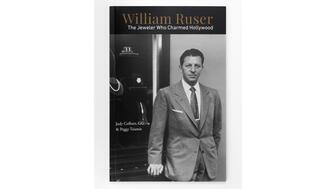
Ruser was known for his figural jewelry with freshwater pearls and for his celebrity clientele.

With Ho Brothers, you can unlock your brand's true potential and offer customers the personalized jewelry experiences they desire.

The “Rebel Heart” campaign embodies rebellion, romance, and sensuality, the brand said.

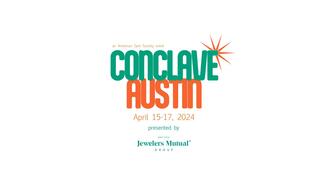
Editor-in-Chief Michelle Graff shares the standout moments from the education sessions she attended in Austin last week.

The overhaul includes a new logo and enhanced digital marketplace.

For over 30 years, JA has advocated for the industry, fought against harmful legislation and backed measures that help jewelry businesses.
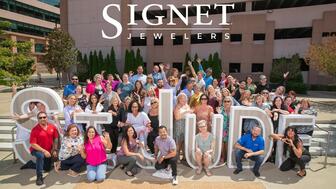
The money will go toward supporting ongoing research and aftercare programs for childhood cancer survivors.
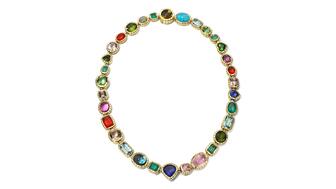
A new addition to the “Heirloom” collection, this one-of-a-kind piece features 32 custom-cut gemstones.

Last month in Dallas, David Walton pushed another jeweler, David Ettinger, who later died.
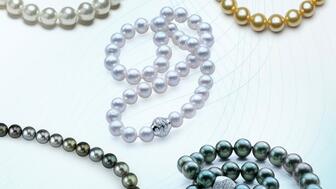
The move will allow the manufacturing company to offer a more “diverse and comprehensive” range of products.
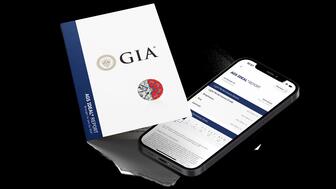
From now through mid-May, GIA will be offering the reports at a 50 percent discount.

De Beers’ rough diamond sales were down 18 percent year-over-year in its latest round of sales.
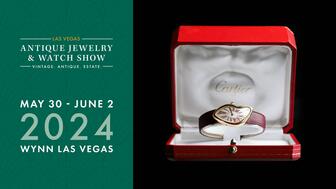

Sponsored by the Las Vegas Antique Jewelry & Watch Show

The Patek Philippe expert will serve as personal curator for the brand-focused company.
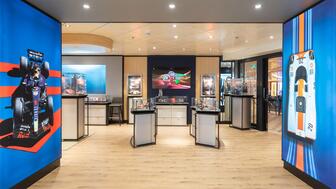
The 553-square-foot shop is aboard the Carnival Jubilee cruise ship.

NDC filed a complaint against Skydiamond for use of phrases like “diamonds made entirely from the sky.”

John Carter received the AGS’s highest honor Tuesday afternoon at Conclave in Austin, Texas.
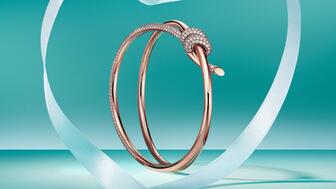
LVMH said the company performed well despite an uncertain geopolitical and economic environment.

B&D Sales and Service held a ribbon-cutting event for its new location in Cranston, Rhode Island.

It’s ultra-feminine and filled with gold, pearls, and soft pastels.

Emily Highet Morgan and Emily Bennett have joined the agency’s team.

Its updated book for mountings is also now available.

She has been with the organization since 2010, most recently serving as its chief officer of PR and industry relations.
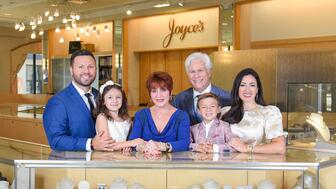
Joyce’s Jewelry sued the bank after cybercriminals drained its accounts of nearly $1.6 million through a series of wire transfers.

He is remembered by loved ones for his loyalty, integrity, and kindness.





























